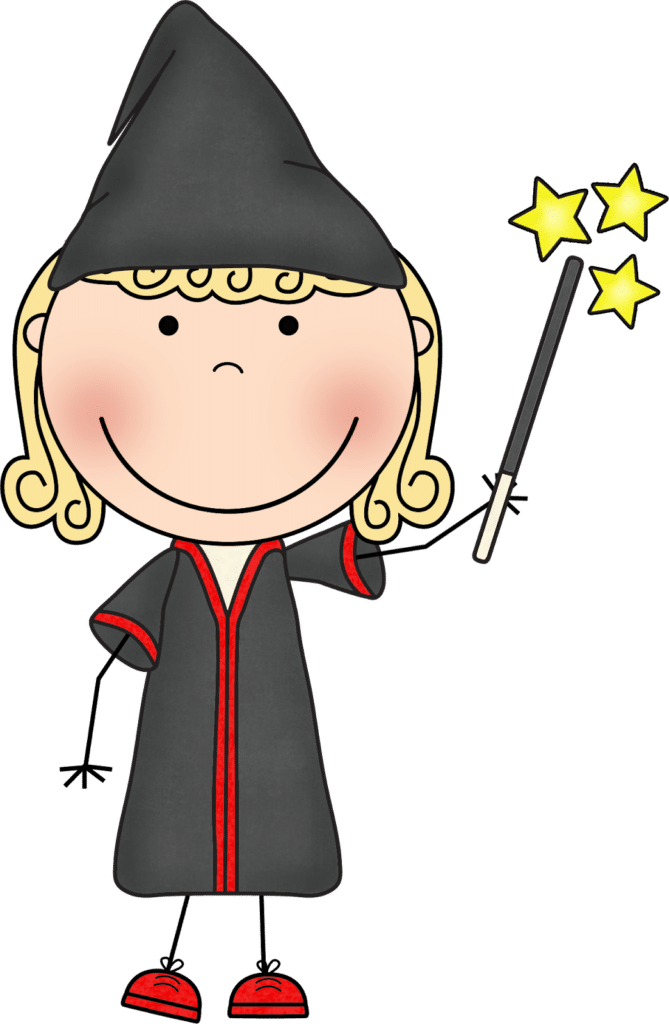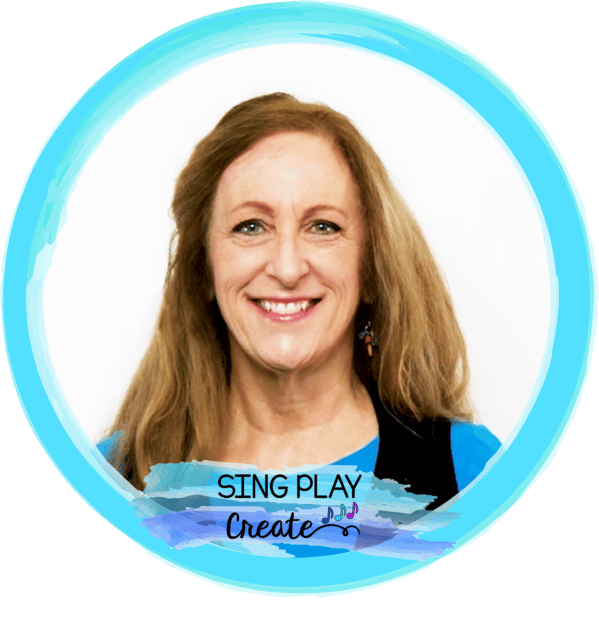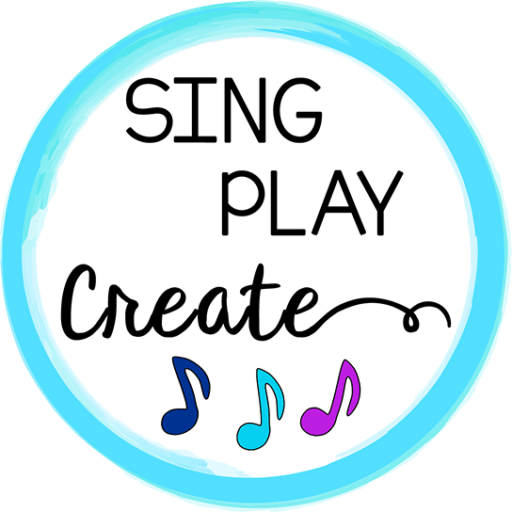I’m a pretty simple girl. I’m pretty direct too. But I know that kids need something to grab onto more than “do it because I said you need to know it–“.
So I find that it’s important to create lessons and activities that are not only engaging, but are also diverse. That’s a huge challenge for a teacher who has more than 25 kids in a classroom. Music teachers can’t spend all their time coming up with a unique angle for each student, but I think there are some basic strategies that teachers can incorporate into their lessons that will help them diversify the lesson to reach more students.
Here’s some things I do:
LISTEN-ECHO
SAY IT-PLAY IT
SAY IT-SING IT
SEE IT-READ IT-SING IT
SEE IT-READ IT-PLAY IT
SEE IT-READ IT-EXPERIENCE IT
SEE IT-READ IT-RELATE TO IT
What do those mean?
LISTEN-ECHO
It’s important to establish some classroom routines that will carry you through the whole year. Students will rely on you and expect you to teach them in a certain way. I call it my “echo” teaching. I ask them to always “listen” first. At the beginning of the year I use puppetry to teach this concept. You can read about my technique here:
ECHO SINGING TIPS TRICKS AND MAGIC
SAY IT-PLAY IT
SAY IT-SING IT
These two concepts go together. After we do “echo” singing or chanting I have them Say and Play it or Sing and Play it for me. I use my hand as a drum and the my two fingers of my other hand as drum sticks. We hold our hands flat and play our drums to the rhythm of the words. Then we either play the song or sing the song. I usually have students sing first, then play–but not always.
SEE IT-READ IT-SING IT
SEE IT-READ IT-PLAY IT
I also use a power point projected on the smart board to teach most of my lessons. I put my I CAN statements in them and the sound files that I need. I also use cute and engaging graphics to help keep eyes focused and mind attentive.
I ask students to read lyrics, or definitions and then sing the words. I employ the same strategy for playing songs. I find that when the students can read the music first then playing it is much easier. This strategy also helps students with literacy skills.
SEE IT-READ IT-RELATE TO IT
Relating to the material is a critical part of teaching successfully. In a way we are salespeople and the kids are our customers. What would you rather drive? A beat up rusting Chevette, ( my husband’s and mine’s first car) or a brand new black Charger (wishful thinking)?
It’s always hilarious to me that even Kindergartners know the lyrics to popular songs and know how to break dance. When I was a child it was who watch “Batman”, or “Spiderman”…what is relevant today? If you do a unit using a “Frozen” theme to teach the concepts will you keep your students attention? Will they be more engaged?
What about the traditional songs. Well, the music speaks for itself, but the way they are presented can have a hug impact on how your students embrace the material.
GAMES. Did I say GAMES? Most of those folk/traditional songs we teach resonate with our students because they include some kind of GAME or DANCE. I always have an ACTIVITY (which means a dance/game or interactive something) planned for my classes.
Read more here
So here’s my summary….
Create units of learning that include:
Listening
Reading
Saying-Playing-Singing through speech, rhythm and song
Activities that integrate the learning through Games and/or Dancing
Make the material relevant through connections to the present, past, with art, media, and or literature.
Oh, and I almost forgot…..HAVE FUN!
So here’s my spin on learning the notes on the Treble Clef. It’s a simple approach, but I included the materials and directions for 6 ACTIVITIES and all the tools you’ll need to be successful.
BE A WIZ ON THE TREBLE CLEF STAFF




